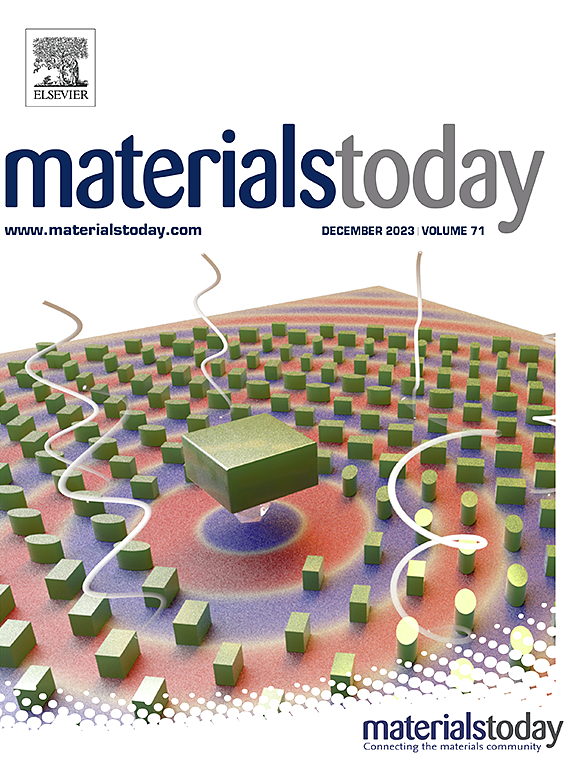Intercalation-driven tunability in two-dimensional layered materials: Synthesis, properties, and applications
IF 21.1
1区 材料科学
Q1 MATERIALS SCIENCE, MULTIDISCIPLINARY
引用次数: 0
Abstract
Two-dimensional (2D) layered materials have attracted considerable research attention due to their unique and tunable properties. Intercalation, the insertion of ions, atoms, or molecules into the interlayer spaces of these materials, facilitates the reversible modulation of both the intercalated species and the host structure without compromising the strong in-plane covalent bonds. This technique significantly enhances the material’s composition, structure, and physical, chemical, and electronic properties, thus creating a highly adaptable system with potential applications in electronics, optics, and catalysis. This review comprehensively details various synthesis methodologies, including conventional electrochemical techniques, liquid-phase, and vapor-phase intercalation, alongside specialized methods such as ion exchange and self-intercalation. We further elucidate the emergent properties resulting from intercalation and highlight recent advancements in their applications within electronics, optoelectronics, magnetoelectronics, and catalysis. Finally, the burgeoning opportunities and formidable challenges associated with the development of intercalated 2D materials are discussed.

求助全文
约1分钟内获得全文
求助全文
来源期刊

Materials Today
工程技术-材料科学:综合
CiteScore
36.30
自引率
1.20%
发文量
237
审稿时长
23 days
期刊介绍:
Materials Today is the leading journal in the Materials Today family, focusing on the latest and most impactful work in the materials science community. With a reputation for excellence in news and reviews, the journal has now expanded its coverage to include original research and aims to be at the forefront of the field.
We welcome comprehensive articles, short communications, and review articles from established leaders in the rapidly evolving fields of materials science and related disciplines. We strive to provide authors with rigorous peer review, fast publication, and maximum exposure for their work. While we only accept the most significant manuscripts, our speedy evaluation process ensures that there are no unnecessary publication delays.
 求助内容:
求助内容: 应助结果提醒方式:
应助结果提醒方式:


